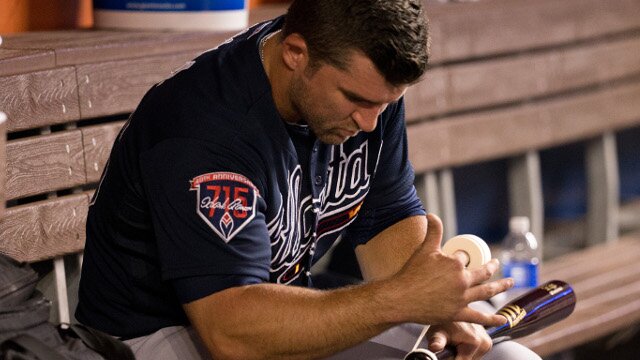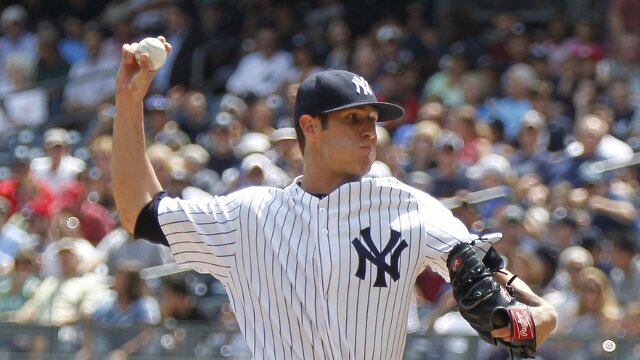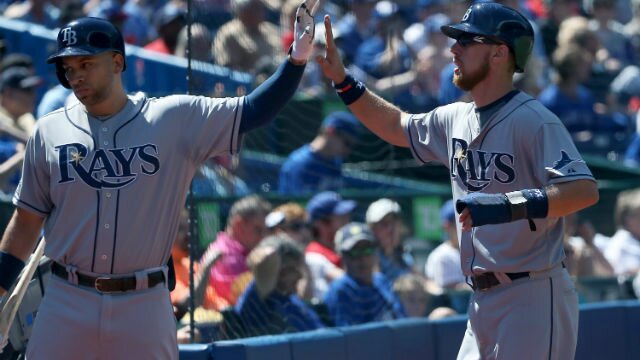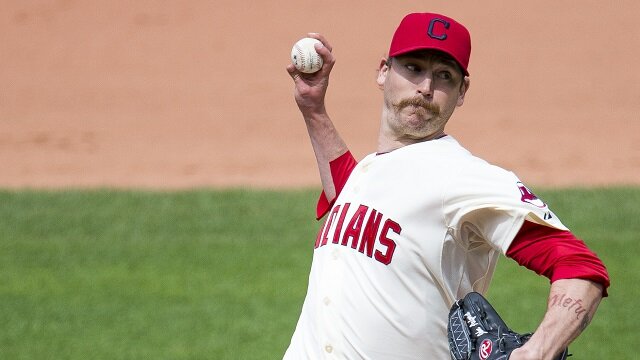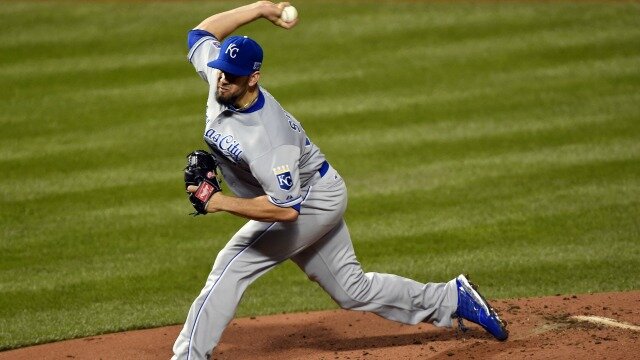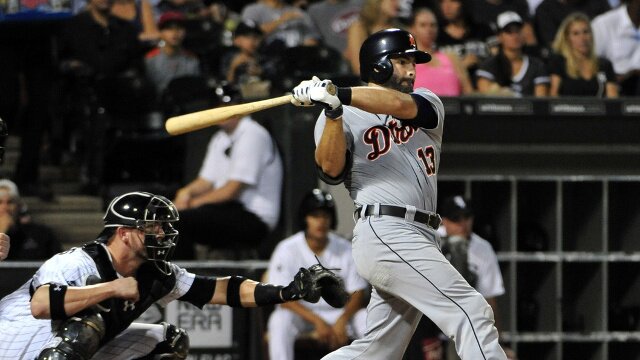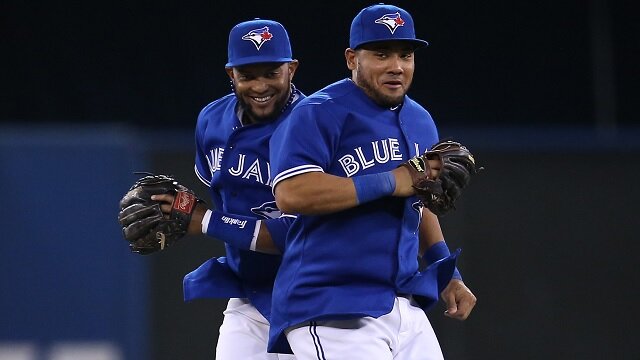Why Washington Nationals’ Bryce Harper Has Not Turned Into A Star At The Plate
Ever since he was 16 years old, Bryce Harper seemed destined to become a star. He dropped out of high school after just his sophomore year, attended junior college for a year and then entered the draft in 2010, where he was chosen first overall by the Washington Nationals.
Harper made his big league debut at just 19 years old, and it seemed he was making good on his all-world potential. Over his first 1094 big league plate appearances spanning his first two years, Harper hit .272/.353/.481. In 2012, he had a solid 121 wRC+ and .352 wOBA, and he followed that up with a 137 wRC+ and .371 wOBA in 2013.
However, Harper regressed in 2014, and all of a sudden his stock has been put into question.
Over 395 plate appearances in an injury-shortened season, Harper posted a .273/.344/.423 line with a 115 wRC+ and a .338 wOBA. That was despite the fact that he benefited from a sky-high .352 BABIP which is unsustainable. Harper’s 26.3 percent strikeout rate was a career-high, and his 9.6 percent walk rate was lower than his career average. Additionally, Harper’s contact rate of 72.7 percent was also a career-low.
So what happened? Part of the regression certainly could have been due to the thumb injury that he dealt with, but Harper also showed himself to be unable to make adjustments, and that was a big reason for his disappointing 2014. Harper has a hole in his swing that needs to be fixed. After two years years in the league, pitchers have figured out this hole, and big-league pitchers have the ability to exploit holes in swings.
Thus, Harper needs to make an adjustment in order to eliminate, or at least mask this hole.
Harper’s problem is that his swing is so high-effort that it cuts him off from pitches that are low and away. This causes his front side to pull off of the ball too early in order to generate power, and this flaw hurts him. Harper has a quick bat — one of the quickest in all of baseball — but this can be his undoing.
When a pitch is thrown at the outer half of the plate, a hitter’s goal is to wait a split second longer to swing in order to drive the ball to the opposite field. However, Harper’s quick bat and high-effort mechanics mean that he can struggle to slow down his swing enough to have success against the outside pitch.

As his zone profile shows, Harper swings and misses at a significantly higher number of pitches that are low and outside compared to pitches at other locations. Oddly enough, Harper actually has a higher batting average on pitches that are low, away and still in the zone, but there are telling signs that will not continue.
First, Harper has a small sample size of pitches thrown on the inside of the plate, and he will likely have more success with those moving forward. Also, he has benefited from a generally high BABIP on low and outside pitches that are still in the zone, as the below zone chart shows.

Whiff rate is the best way to get a look at Harper’s success against pitches in different locations because it has a higher sample size and also is not BABIP-dependent. As his whiff rate heat map shows, Harper clearly has a hole in his swing on pitches that are low and outside, and he must patch this hole.
In order to fix this, Harper needs to calm down his swing and ensure that he does not prematurely pull out his front side, which he can do in an effort to generate the maximum power possible in his swing. However, this high-effort action results in a lack of plate coverage on the low and outside pitch. This is certainly fixable, but it will be a test of Harper’s ability to make the necessary adjustment.
The problem is that Harper has not changed his swing in his three years in the league, and that can raise concerns as to whether he can in the future. Now that pitchers have seen him for three years, they have a good idea of how to pitch to him, and he needs to learn to adjust. It is possible that his 2014 struggles will bring light to this flaw, and it could be what he needed to finally realize that he needs to make adjustments.
That said, some teams do take a hands-off approach when coaching young stars as they are worried about messing up their talented future. The Nationals may or may not be one of those teams, but Harper absolutely needs coaching in order to make the necessary changes to his approach.
Harper has the chance to establish himself as a star just as he was doing in 2012 and 2013, and he is still just 22 years old. However, this flaw in his swing is both a notable and significant roadblock, and it needs to be fixed moving forward in order for him to get back on a path to superstardom.
Drew Jenkins is an MLB writer and Sabermetrics Columnist for www.RantSports.com. Follow him on Twitter @DrewJenkins77, “Like” him on Facebook, add him to your network on Google, or contact him at [email protected].
A's Become Contenders With Zobrist, Escobar Trade
The Oakland Athletics continue to make a splash in the offseason by trading for Ben Zobrist and Yunel Escobar from the Tampa Bay Rays. Read More
5 Players The Braves Should Trade For
The Atlanta Braves have a lot more moves to make before the start of the season. Take a look at these players the Braves should consider trading for. Read More
Tigers Need A Break Out Season From Shane Greene
With multiple uncertainties in the starting rotation, it would be huge if the Detroit Tigers could get a breakout season out of newcomer Shane Greene. Read More
Tampa Bay Rays: 5 Players They Could Still Trade
With the Tampa Bay Rays heading into a transitional season, here are five players they should still look to trade. Read More
Assessing the SF Giants' 2015 25-Man Roster
The San Francisco Giants aren't as dangerous on paper as they were a season ago. Read More
Going Home To Blue Jays May Be What Axford Needs
It has been a long time since John Axford has been great. With a need for bullpen help, the Toronto Blue Jays should take a chance on him. Read More
Shields Would Be Best Ace Add For Cardinals
The St. Louis Cardinals are reportedly interested in adding an ace, and signing James Shields would be the best way for them to do so. Read More
Power Ranking NL Central Starting Catchers
The NL Central boasts the best catchers in all of baseball. Here is how they rank heading into the 2015 season. Read More
Tigers' Alex Avila Will Benefit From Platoon Role
Here is why Detroit Tigers catcher Alex Avila may benefit immensely from a strict platoon with James McCann in 2015. Read More
Former Players Could Haunt Royals In 2015
The Kansas City Royals made significant moves at the end of 2014, but the Chicago White Sox changed their team in a much bigger way. The Royals will now see far more of two well-liked former players. Read More
Randy Johnson's HOF Journey No Tall Tale
Will he be a Seattle Mariner or an Arizona Diamondback in the Hall of Fame? Either way, Randy Johnson's legacy will be remembered in Seattle long before it is forgotten. Read More
Keyvius Sampson Great Fit For Cincinnati Reds
The Cincinnati Reds have lost a lot of organizational depth this winter. By adding Keyvius Sampson, they have a pitcher who has the talent to quickly surprise. Read More
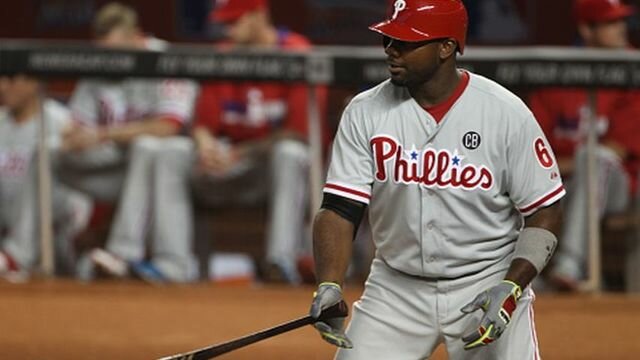
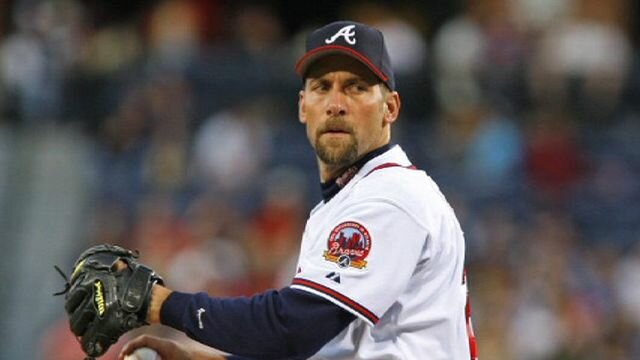
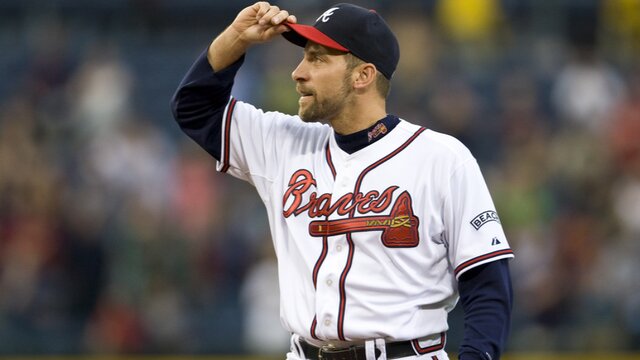
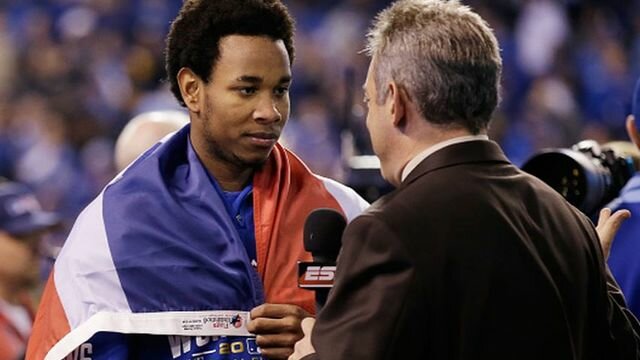
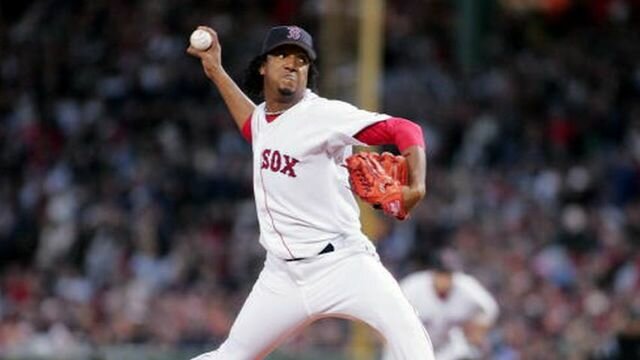
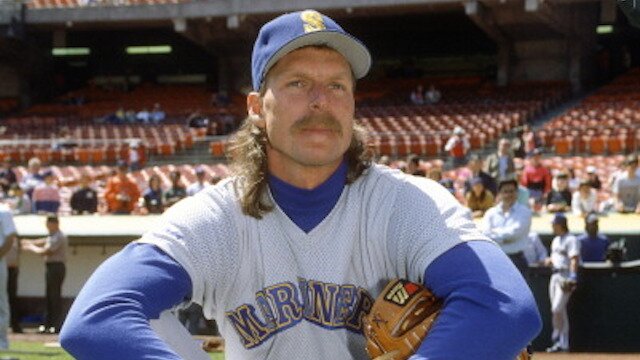


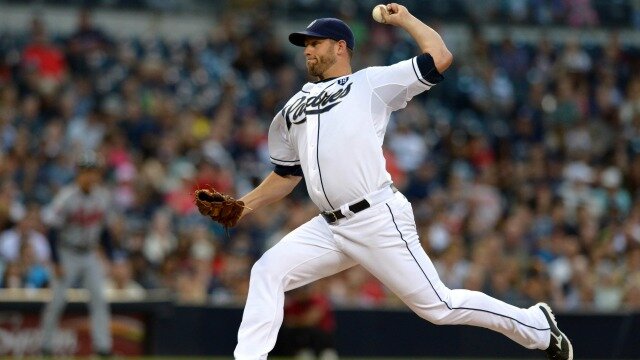
 @DrewJenkins77
@DrewJenkins77 



